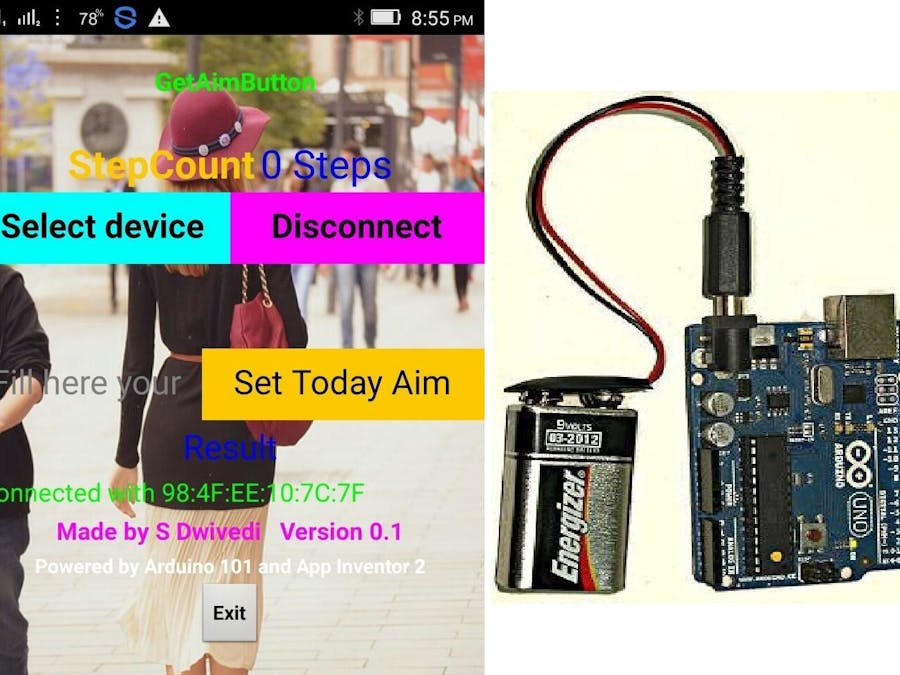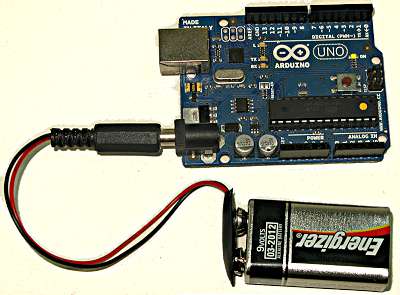Sometime ago read an Internet article about number of steps per day for healthy life.
according to it we should take 10000 steps per day for healthy life.
so i am making this easy build project with Arduino 101.
once you power on the arduino and put it inside your pocket or tie it on your arm ,with help of Interial Monitoring Device (IMU) which is composed by an accelerometer and a gyroscope, which measure orientation and angular velocity. The IMU is capable of precisely identify the orientation and the movement of the object to which it is attached after an initial calibration procedure. This example does not need to know the orientation or rotational speed of the board, it only needs the angular velocity, meaning that just the accelerometer of the IMU is used. In this example, the accelerometer detects when there is a significant change in the X, Y, and Z axes' velocity, relative to their resting state and this is interpreted as a step. The sketch uses the accelerometer and the CurieImu library to detect steps
App inventor based app on your android mobile will keep track of number of steps by user and show it on screen.




_baVEVgguW1.jpg?auto=compress%2Cformat&w=48&h=48&fit=fill&bg=ffffff)








Comments